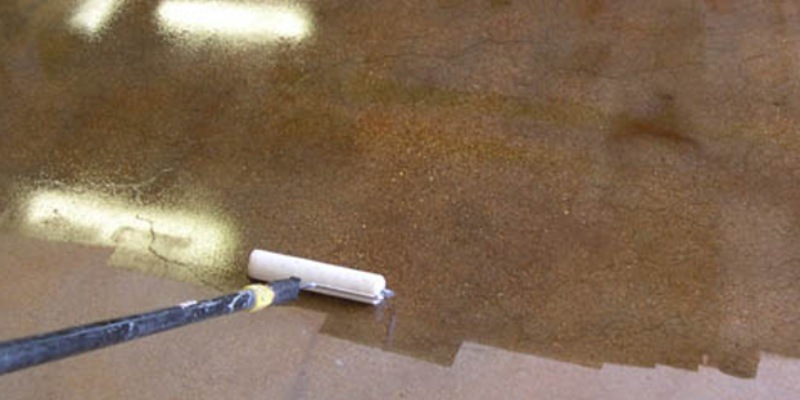Understanding the Chemicals Involved in Concrete Polishing2024-01-09
Concrete polishing is a popular method used to enhance the appearance and durability of concrete surfaces. This process involves using various chemicals to achieve a smooth and glossy finish. Understanding the chemicals involved in concrete polishing is crucial for successfully carrying out the polishing process.
Concrete densifiers are chemical compounds that react with the calcium hydroxide present in concrete to form a denser and harder surface. Commonly used densifiers include lithium silicate, sodium silicate, and potassium silicate. These chemicals penetrate the concrete pores and chemically react with the free lime, resulting in increased surface hardness and reduced dusting. Densifiers also help to improve the abrasion resistance of the concrete surface.
Grouting compounds are used to fill in small voids, pinholes, or cracks on the concrete surface, providing a smoother and more uniform appearance. These compounds consist of fine fillers and bonding agents that help in achieving a seamless finish. Polymer-based grouts are often used as they offer excellent adhesion properties and are highly resistant to staining and chemical damage.
Concrete sealers are applied after the polishing process to protect the concrete surface and enhance its aesthetic appeal. Sealers act as a barrier against stains, moisture intrusion, and chemical damage. They help to extend the lifespan of the polished concrete by preventing the penetration of contaminants. Common types of concrete sealers include acrylic, epoxy, polyurethane, and penetrating sealers.

To achieve a desired color or decorative effect, concrete dyes and stains are used during the polishing process. Dyes are generally water-based and provide vibrant and consistent coloration, while stains offer a more translucent and variegated appearance. These chemicals penetrate the concrete surface and react with the cementitious materials, resulting in long-lasting and aesthetically pleasing colored effects.
Polishing compounds are an essential part of the concrete floor polishing process. They typically contain abrasive particles suspended in a liquid carrier and are applied to the concrete surface using polishing equipment. These compounds help to remove the top layer of the concrete, exposing a fresh and smoother surface. The abrasive particles vary in size and aggressiveness, allowing the operator to achieve different levels of gloss and smoothness.
Understanding the chemicals involved in concrete polishing is crucial for achieving successful results. Densifiers, grouts, sealers, dyes, stains, and polishing compounds all play a significant role in enhancing the durability, appearance, and functionality of polished concrete surfaces. Choosing the right chemicals and following proper application techniques are essential to ensure a high-quality polished concrete finish that meets the desired aesthetic and functional requirements.
- Company Info
- Feedback
- Customer Reviews
- About Us
- Contact Us
- Blog
- Help Center
- User Center
- Forget Password
- My Orders
- Tracking Order
- My Account
- Register



